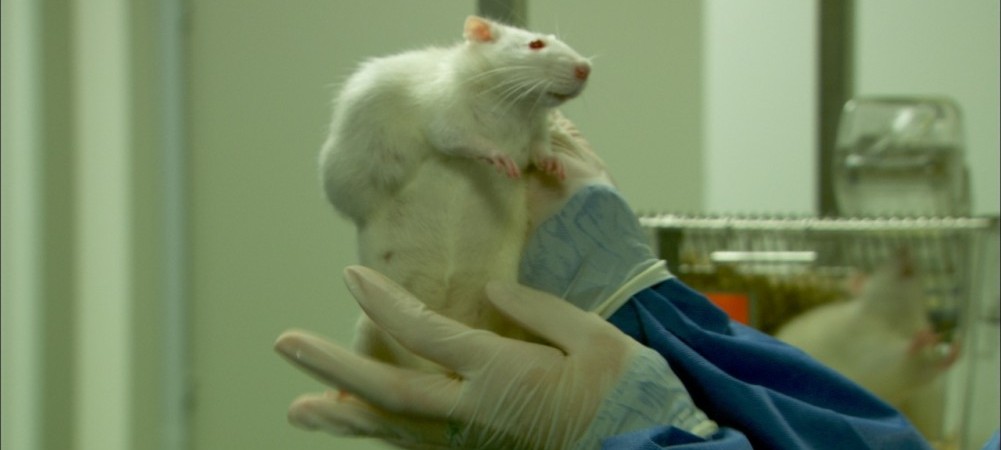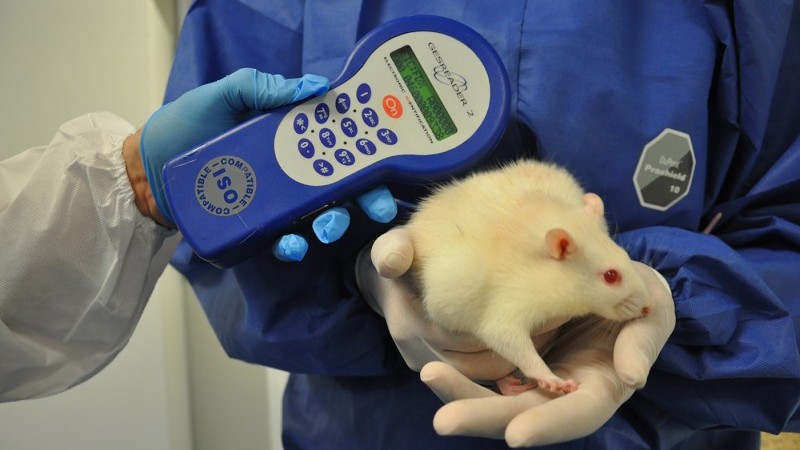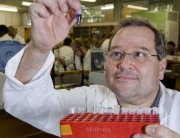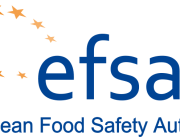Professor Gilles -Eric Séralini is a biologist at the University of Caen and author of a controversial study on the impact of genetically modified organisms (GMOs). While in Brussels, he answered our questions.
La Libre Belgique, 31 March 2014
Interview: Sophie Devillers, English translation from the French by Claire Robinson
According to you, eating GMOs harms health… How?
Agricultural GMOs are loaded with pesticides. Three-quarters of all GMOs contain large amounts of Roundup, the main pesticide in the world, designed to kill weeds. These plants have been genetically modified for this, such as Roundup tolerant soybean and corn. The GM provides in this case the possibility to apply Roundup, whenever and as much as you want, because the plant will tolerate it. If one gives such a large dose of pesticides to a normal plant, it dies. GMOs facilitate intensive farming methods.
And GMOs themselves?
Agricultural GMOs do not exist independently of pesticides. We do not know enough. Three-quarters of them absorb pesticides, and the last quarter, like Bt corn, produce their own insecticide. There is already a toxicity due to pesticides within these GMOs, which is new in our diet. Before GMOs, we have never eaten such high levels of Roundup residues. Same for insecticides. Yes, GMOs are especially dangerous because they contain pesticides, but not only because of that. Our team also found toxic effects of GMOs without pesticides.
What did you study?
Our team is the most-published in the world on the impact of GMOs and pesticides on health. We have done studies on human cells and on rats, both short- and long-term (two years). Regarding studies in rats, we were the first ones to study so many parameters (tens of thousands for blood and urine) and for so long. These rats consumed regularly GMOs with pesticides, and at the same doses, GMOs without pesticides. The aim was to find out where any toxicity came from. We were the only ones in the world to do this, as companies and health agencies had never ordered tests lasting longer than three months. But the study was retracted with great violence by the journal which published it after a former employee of Monsanto (Editor’s note: manufacturer of Roundup and GMO seeds) was introduced onto the editorial board of the journal. He is the former head of GMO toxicology dossiers at Monsanto.
What did this study show? Cancer?
No. We first observed the toxic effect on the animals’ liver. GMOs and Roundup also caused very significant kidney inflammation and necrosis of the liver. The other phenomenon was inversion of sex hormones (excess androgen in females and too little estrogen). The third effect was also hormonal: mammary tumors and pituitary gland tumours. In our study, we never mentioned the word cancer, because there were tumours, which varied from more or less cancerous. We recorded everything , but we did not conclude on cancer. Deaths resulted because they had grown very quickly (internal bleeding, pressure on vital organs … ). This happened both with the pesticide and with the GMO alone. We understand the mechanism of action. The enzyme that is overproduced in the GMO to make it tolerate Roundup began indirectly to decrease the levels of amino acids essential for protection of the liver and kidney.
We do not eat GMOs , so how could they be dangerous? And European rules are very strict about it …
We eat lot via animals. 90% of GMOs are used to feed pigs and cows in rich countries. GMOs contain pesticides that go into the food chain and accumulate. On the other hand, they make animals seriously ill, and to eat sick animals is very harmful for health. They may be more susceptible to infections and diseases. Eating them should be banned. Pesticides accumulate in the food chain and in the animal’s fat, at higher levels than in the treated plants [themselves]. Before, the debate focused on the possible dangers of GMO DNA getting into the food chain. This is not the problem. Nobody had shown that these animals [that eat GMOs] were sick. We showed that. Due to the nature of industrial production and the short lifespan [of livestock animals], we do not see it. And they are not differentiated from others.
But this study is questionable because you used a type more susceptible to tumours, groups of animals that were too small …
We had control rats (not fed GMOs), and we still found two to three times more tumors [in treated rats]. And there were inversions of sex hormones, which nobody mentioned. Furthermore, these rats have been used in 250 000 toxicology studies, and with ten rats per group (a total of 200), the number of rats was within the norms of general long-term toxicity studies [like Séralini’s]. And Monsanto used the same strain of rat to test its GM corn! And they measured ten rats per group, a total of 40. There are double standards! The study was criticised by some tens of people: health agencies and lobbies. For me, the retraction was due to the study’s symbolic effect. This [retraction] allows lobbyists to say there has never been any study showing a health risk with GMOs. So that the Commission can continue to allow GMOs and so that this little phrase can always be used. This study was withdrawn due to the wrongdoing of lobbyists in the system, under pressure from Monsanto. The arguments of the journal were the same as those of Monsanto. In any case, we stand by our findings! And we will republish [the study]!











































































